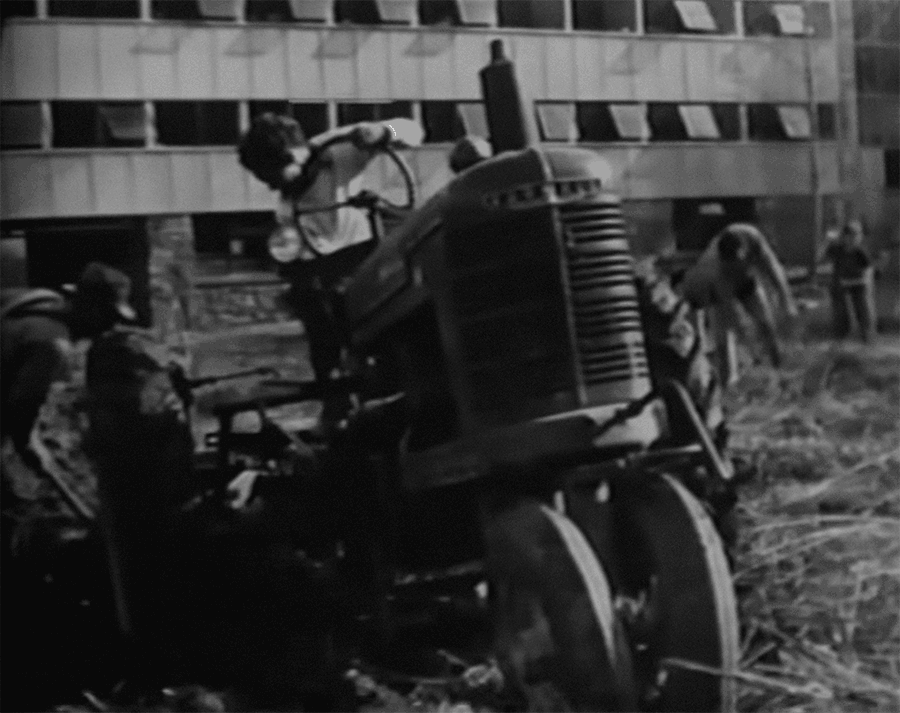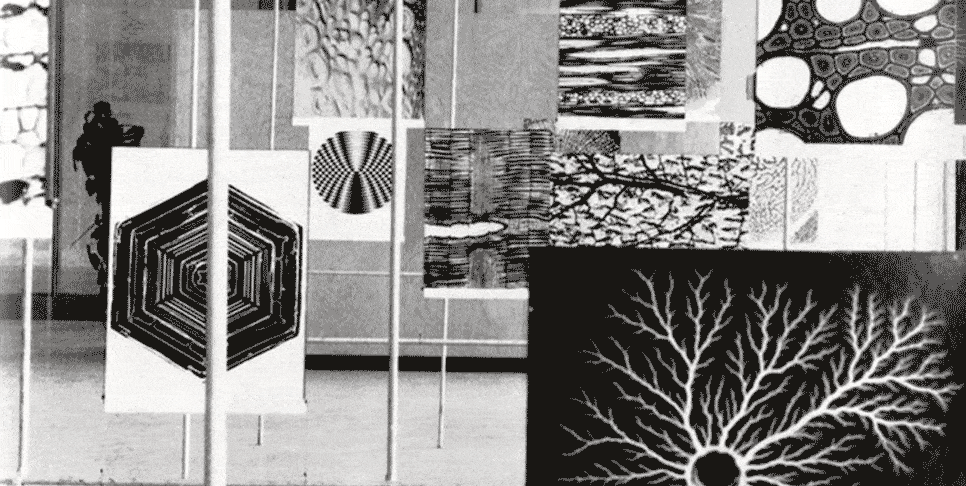
|
Cover of the second edition of the manifesto “L’Architecture Mobile” with the addition of “L’Architecture Mobile: 10 Principles”. Cyclostyled edition of 300 copies, 1960. © Yona Friedman, 2021.
|
|

Mobile Architecture
Yona Friedman
Echoing the “Groundworks” timeline: 1954
The idea of the Ville Spatiale was to assure for its inhabitant the freedom to shape both their individual habitat and the city layout, freely after their preferences.
The second element of that idea was the Architecture Mobile, the possibility to periodically remodel the individual habitat and urban layout, without imposing demolition.
Yona Friedman*
“Friedman defined mobile architecture as a system of construction allowing the inhabitant to determine the form, orientation and style of their apartment, and to readily change these elements whenever they wanted. When expanded to a group, making decisions about a neighborhood, this system becomes mobile urbanism. La ville spatiale or the spatial city is the application of this theory, using spatial infrastructure, such as a space frame. In its most simplistic form, Friedman's master idea involved the use of massive, multi-leveled space-frame structures rising several stories above a city (or natural feature). These space frames would be supported by enormous pilotis or pillars, which would provide access to the elevated area and be the conduit for access and the delivery of utilities. The framework would be filled in with individual, prefabricated units, whose positioning, density and use could be altered as needed. The transverse elements of the structures would begin 15-20 meters above ground level and only fifty percent of each level would be built out, thereby ensuring light and air flow. The individual infill units were also completely ‘mobile,’ with all elements, such as walls, windows, and bathrooms, flexible and inhabitant-designed.
Friedman's ideas of mobile architecture and the spatial city were meant to address three key issues of concern to architects and planners at the time: explosive growth in cities and a resulting housing crisis, due to postwar demographic shifts; the inflexibility of the existing architectural stock; and a questioning of whether architects were adequately serving their clients' needs. All these were questions Friedman had begun considering while still in Israel, and although he laid out his solutions first in ‘L'architecture mobile,’ he continued to work out answers to these concepts throughout his career.
Friedman's city-above-the-city space-frame structures directly addressed the need for increased urban capacity and flexibility. Then, as is still often the case today, the typical response to problems of urban overcrowding was to demolish existing low-density structures and replace them with higher capacity ones, usually tower blocks. Friedman opposed this destruction and instead wanted to preserve the current city by intensifying it with elevated structures. The flexibility of his infill units in the inhabited voids of the space frame further alleviated issues such as housing shortages, because this new architectural stock could easily respond to shifting functional needs.”
Polly Hunter and Ann Harrison
“Preliminary Inventory of the Yona Friedman Papers, 1956 – 2006”
(retrieved February 21, 2021 here).
* Yona Friedman, Kenneth Frampton, and María I. Rodríguez,
Architecture with the People, by the People, for the People, Barcelona: Actar, 2011.
|
Yona Friedman attended the Congrès internationaux d'architecture moderne (CIAM) X in Dubrovnik in 1956. The theme of the conference was Habitat, and mobility was one of the topics discussed. Friedman presented a paper in the session on Change and Growth but found that his ideas were not accepted by most of the participants. In the following years, he organises and develops the ideas from his Dubrovnik presentation into the first draft of his theoretical manifesto "L'architecture mobile." The manifesto, which went through several iterations over the next five years, each with further examples and development of his theories, was produced and distributed by Friedman in mimeographed form.
|
“maat Explorations” is an ongoing programme that delves into the socio-cultural and environmental transformations stemming from the current bio crisis and ecological destruction. It provides an insight into the hard science of climate intervention and the creative speculations behind innovation-led research to safeguard our planetary co-existence. Prominent in this strand is the installation Earth Bits – Sensing the Planetary, that opens access to the complex interconnectedness between the environmental and the energetic quests and its reverberation through decades of artistic production, political and cultural movements traced from the 1960s until today. On maat ext., a series of #groundworks hashtags introduce the critical explorations that feed into the complex interconnectivity between the environmental and energetic quests, and its reverberation through decades of artistic production, political and cultural movements traced from the 1960s until today.
|















